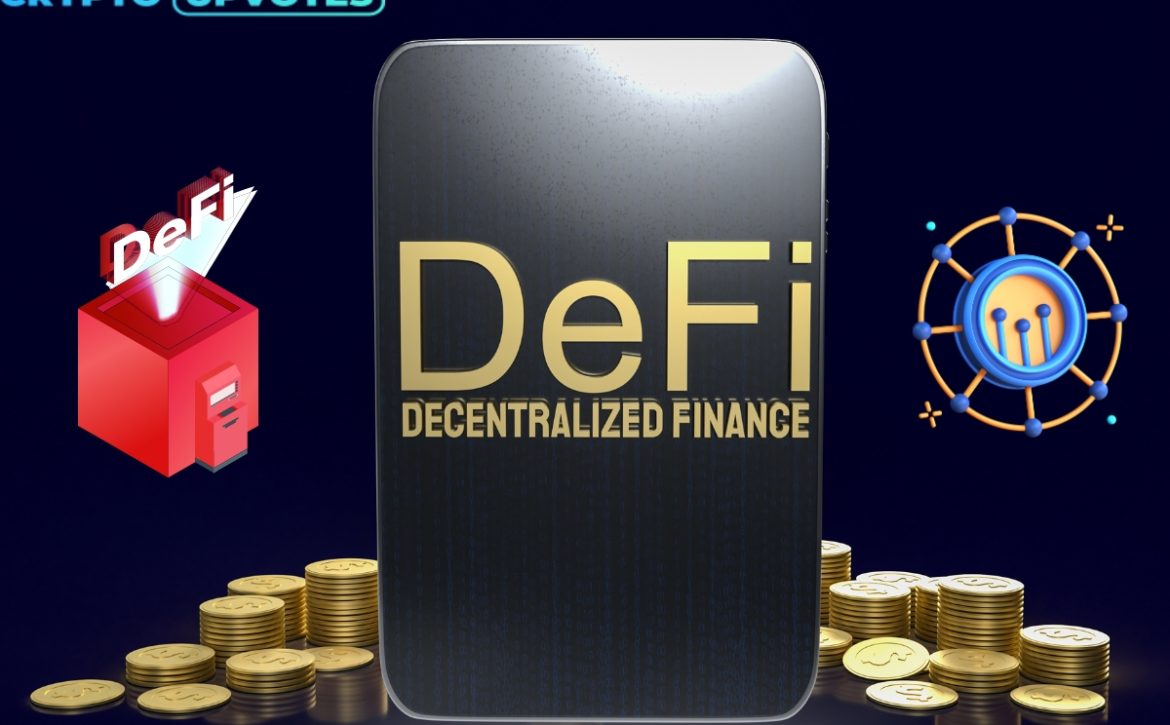SnoopyBabe innovative memecoin with its ecosystem related Web3 | Fairlaunch on Launchpad TonRaffles
SnoopyBabe is not just a memecoin project dedicated to China’s cutest cat. This project has launched a useful Ecosystem: SnoopyBabe TON Tools | SnoopyBabe SOL Tools | SnoopyBabe Play | New app Web3 Soon
SnoopyBabe combines in its ecosystem several Solana and Ton networks, two of the fastest and most promising blockchains. The project initially launched its $SBABE token on the Solana blockchain. And it also launched a useful Web3 ecosystem on the Solana network, which is constantly being expanded and updated.
The SnoopyBabe ecosystem on the Solana network and their token $SBABE
SnoopyBabe SOL Tools bot V1.1
SnoopyBabe developed and are launching SnoopyBabe SOL Tools: https://t.me/sbabe_tools_bot
This bot will be useful first of all for investors to have all useful tools for Solana in one place.
In this version 1.1 , you can track price changes on other projects and receive customizable notifications. This project increased to 15 contract addresses for tracking in this version.
Additionally in this Version 1.1 they added Security Check feature: Mintable | Mutable Info | Creation TX | Ownership Renounced | Creator Address | Creator Balance | Token % of Creator | Freezable. In a future V1.2 update, they add the LP Burn | LP Locked check feature, as well as expand the number of contracts in the basic free version and add other useful features.
A little later they will add paid subscriptions that will give advanced features, but all the basic features will be available for free. The project will also add a referral program so that you can recommend SnoopyBabe SOL Tools to your friends and colleagues and get additional bonuses and rewards.
SnoopyBabe Play: Solana Web3 blockchain gaming platform
Play, earn and have fun together at SnoopyBabe: https://play.snoopybabe.com
SnoopyBabe are launching this new kind of Web3 ecosystem through which you can test your luck and try to win $Solana or $SBABE tokens. All SnoopyBabe games in our “Play” section uses a verifiable randomized game protocol on the chain, Gamba. (https://explorer.gamba.so/) Guacamole, Fronk Casino, SolVegas, etc. are launched on this platform. But you can see SnoopyBabe design and development has gone further than these projects. Just compare SnoopyBabr Play site and slots and you will see the huge difference yourself! Therefore, everything is completely clear and safe.
SnoopyBabe Web3 ecosystem on the TON network and their token $SBABE
SnoopyBabe TON Tools V1.0: a useful tool for all investors on the TON network
SnoopyBabe TON Tools has officially been added to Ton.app – https://ton.app/utilities/ton-tools-bot?id=1546
SnoopyBabe developed and are launching SnoopyBabe TON Tools. This bot will be useful for all investors in the TON network. Investors will be able to receive customizable price change alerts to make a timely decision to sell or buy. In this version, you can add up to 10 contract addresses for tracking purposes. This early version adds a Security Check (Audit): Check for Ownership Revoked | Check for Mint more jettons | Check for Change Metadata.
In the next updates project improve the Security Check and add more parameters that bot will check. Additionally project will integrate Telegram Wallet into SnoopyBabe TON Tools and that will allow investors to buy and sell directly in bot. In the future project will add SnoopyBabe Sniper TON Bot feature that will allow to quickly find new projects in TON network and make profitable deals for investors at an early stage. SnoopyBabe TON Tools starts with the V1.0 release, and then every month additional useful features and functions will be added.
A little later project will add paid subscriptions with payment feature in $SBABET and $TON, which will give advanced features, but all basic functions will be available for free. SnoopyBabe TON Tools will be a separate ecosystem within their main ecosystem.
Fairlaunch of the $SBABET token (Ton network) on the Launchpad TonRaffles
The project is currently running a Fair Launch for their new token $SBABET. It is taking place on the TonRaffles Launchpad and will run until April 02. The project has already raised over 1000 TON and continues to grow. Also works affiliate program: bring friends and contacts on your affiliate link and get 5% in TON from the amount of their participation.
Tonraffles Launchpad: https://tonraffles.app/jetton/fairlaunch/SBABET
Conclusions
This project though is a live cat meme from China, but it’s not just a meme coin. They are working hard on their ecosystem and constantly expanding it. They are releasing new useful applications, and as we have checked they are immediately working versions and not empty promises. And also as we noticed everything looks very high quality. Now they want to combine two networks in their ecosystem and launch more useful applications and even create a bridge between the networks. But as said by SnoopyBabe project developers they don’t give empty promises. And that’s why they announce only when their useful application is ready to launch. You can see their project yourself and check their already launched ecosystem and check everything yourself.
Website: https://snoopybabe.com/
SnoopyBabe TON Tools: https://t.me/sbabet_tools_bot
SnoopyBabe SOL Tools: https://t.me/sbabe_tools_bot
SnoopyBabe Play: https://play.snoopybabe.com/
White Paper V3.0: https://snoopybabe.com/Snoopy_Whitepaper.pdf
FAQ: https://docs.snoopybabe.com/sbabe/




